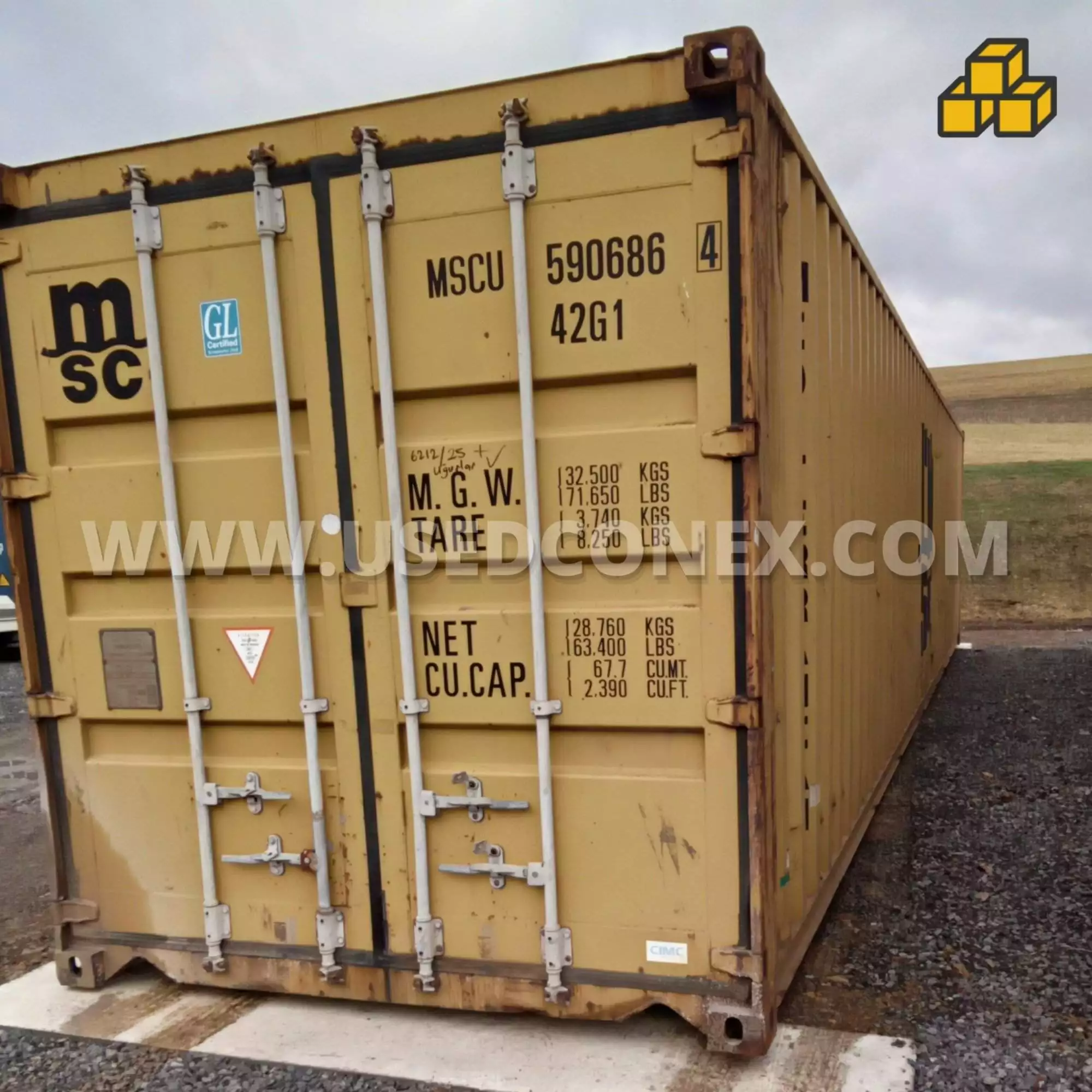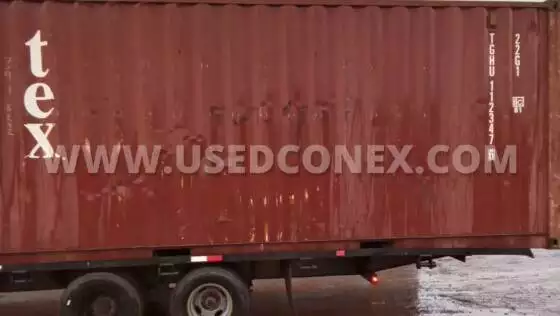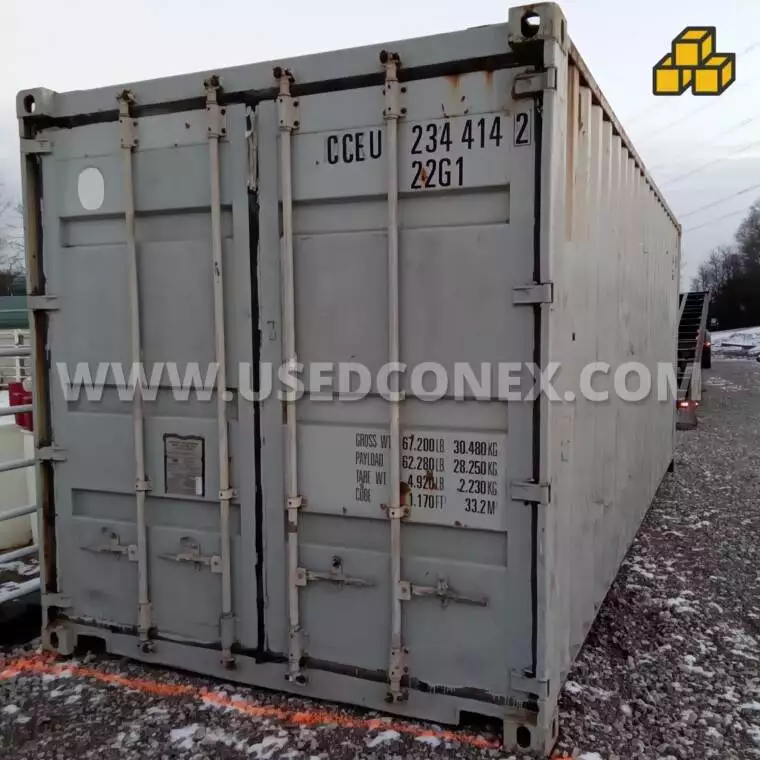
From Shipping to Storage: The Life Cycle of a Conex Box
From Shipping to Storage: The Life Cycle of a Conex Box
A shipping container, also called a conex box, is an expansive steel container utilized for transporting merchandise globally. Nevertheless, these adaptable containers have a duration that exceeds their primary purpose in the shipment. This write-up delves into the life cycle of a conex box from its inception as a transport unit to its function as storage and beyond.
Shipping Phase
Conex boxes originate from the international shipping sector and are produced to uniform measurements using corrugated steel for toughness and resilience while in transit. These containers can endure inclement weather conditions, permitting safe transport of cargo across seas and continents. They’re stackable and securely fastened to transportation vessels. After arriving at their destination port they may be repurposed as necessary, with truck or rail being employed for relocation based on the planned usage.
Storage Phase
One of the most common uses for conex boxes is as storage. Conex boxes are often repurposed for storage at construction sites, military bases, and in residential areas. They are ideal for storage because they are secure, weather-resistant, and can be locked to protect their contents. They are also easy to transport and can be moved from one location to another as needed.
Conex boxes are commonly utilized by individuals and businesses as storage units. These containers can be bought or leased, and placed on a property to offer supplementary storage capacity. They are highly favored in regions where conventional storage facilities are limited or too costly.
Housing Phase
Conex boxes are now utilized to develop distinct residential options. The popularity of shipping container homes is on the rise since they present a budget-friendly and eco-conscious substitute for typical housing. By arranging and altering conex boxes, individuals can design their personalized living area in constructing these houses. Shipping container homes receive acclaim because of their resilience, cost-effectiveness, and maneuverability.
Other Uses: Aside from their common purposes of shipping, storing, and providing housing solutions, conex boxes have versatile applications. These steel containers can be transformed into mobile workspaces or pop-up stores. During emergencies such as disasters, they serve as temporary shelters or medical facilities. Furthermore, conex boxes may also function as food establishments like restaurants or cultural venues like galleries and classrooms for educational institutions.
The versatility and durability of the conex box is evident in its life cycle, which begins with shipping and ends with its conversion into housing or other structures. This valuable asset has found use in numerous industries, highlighting its adaptability. With the constantly evolving world, we can anticipate novel applications for these flexible containers.



